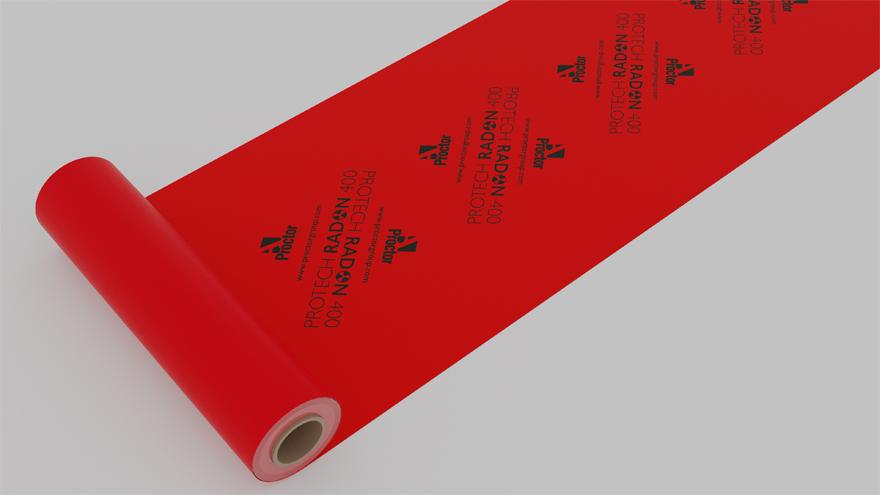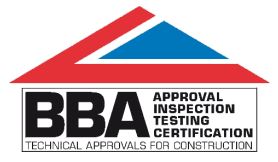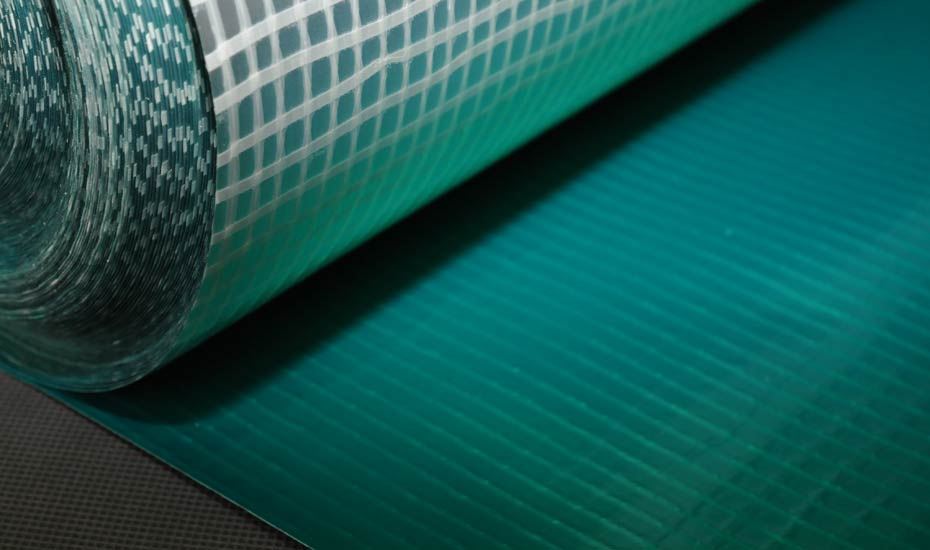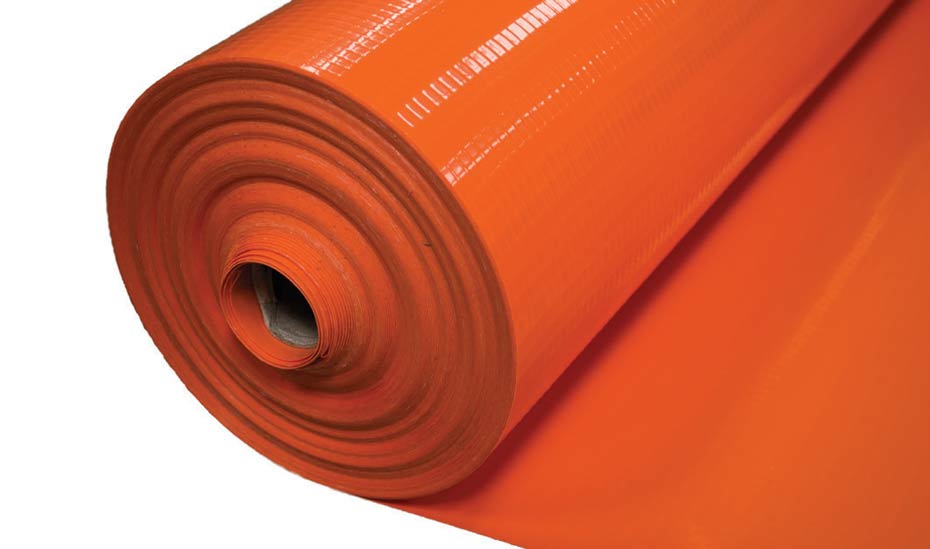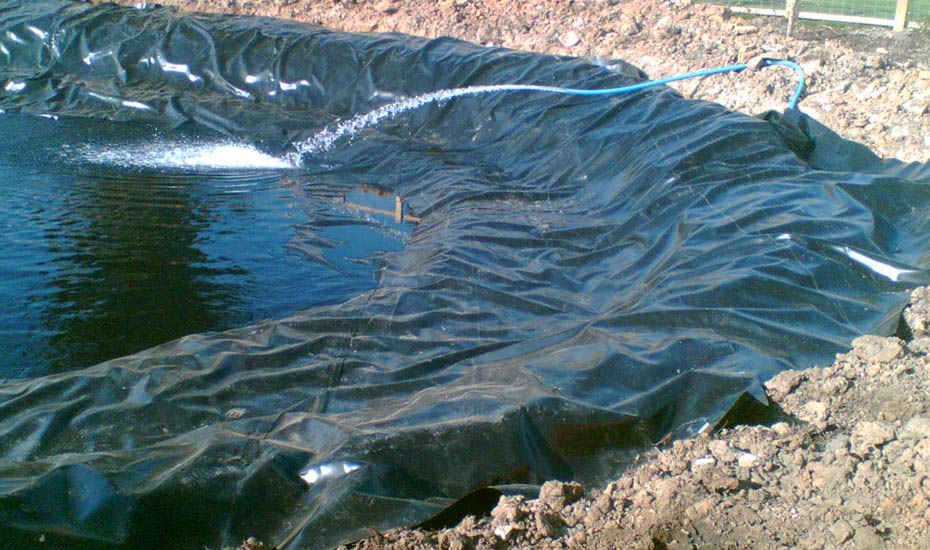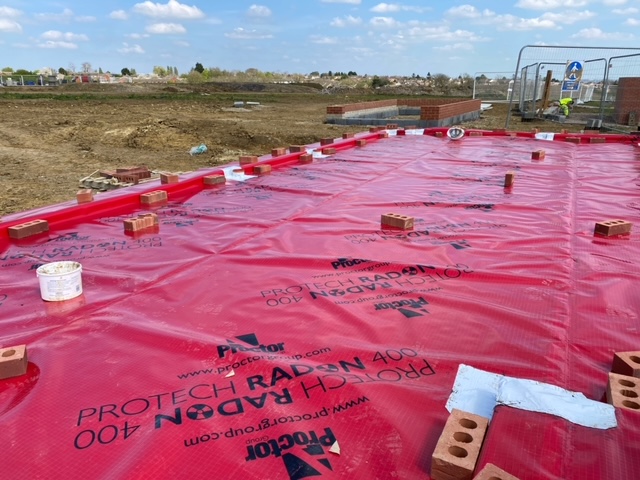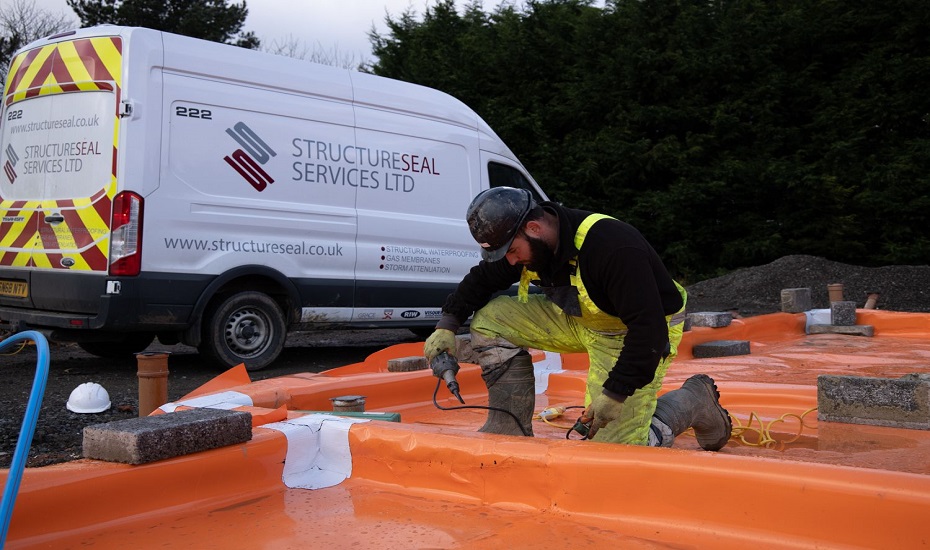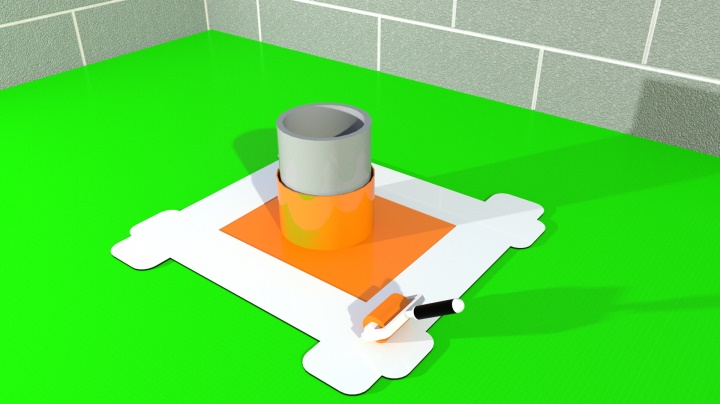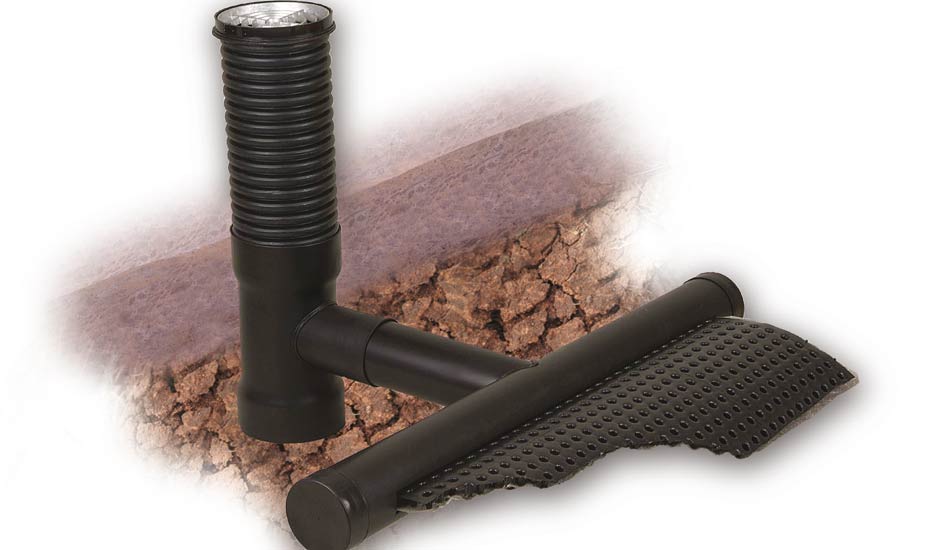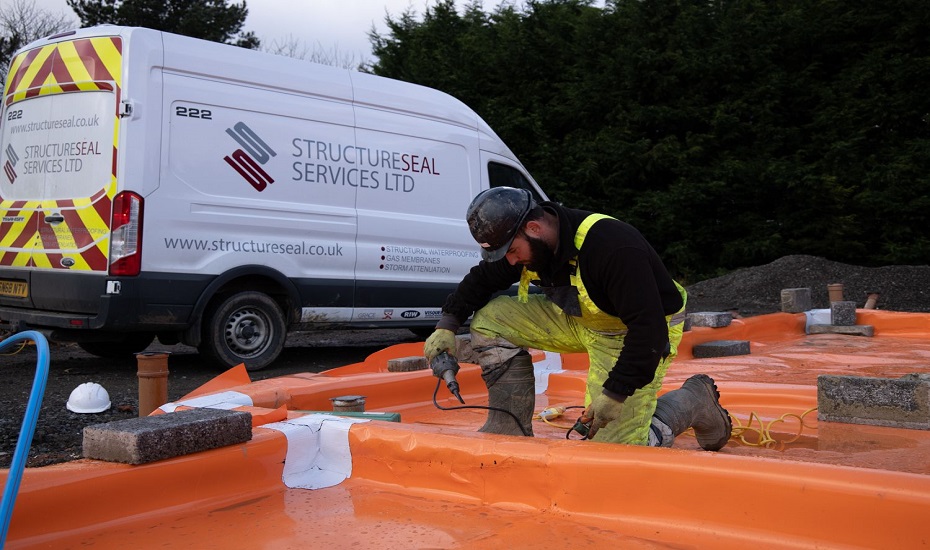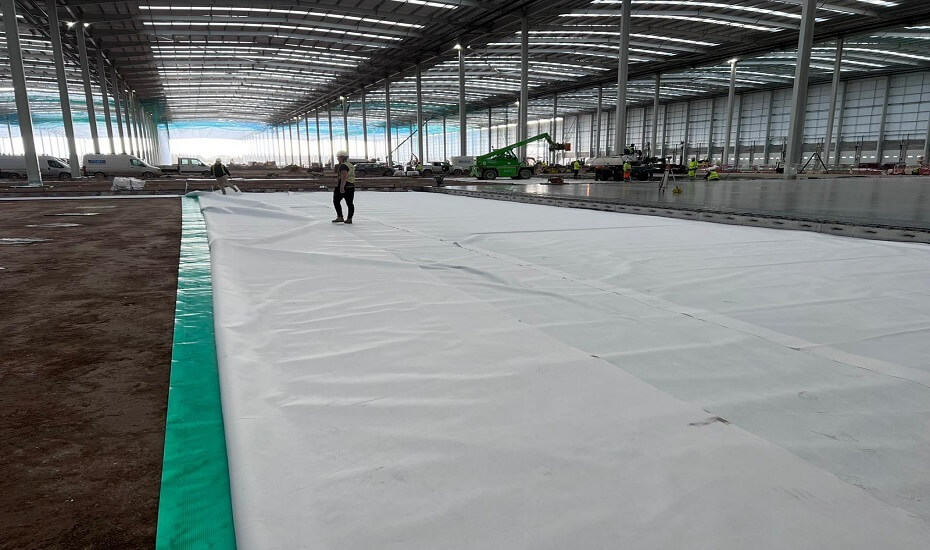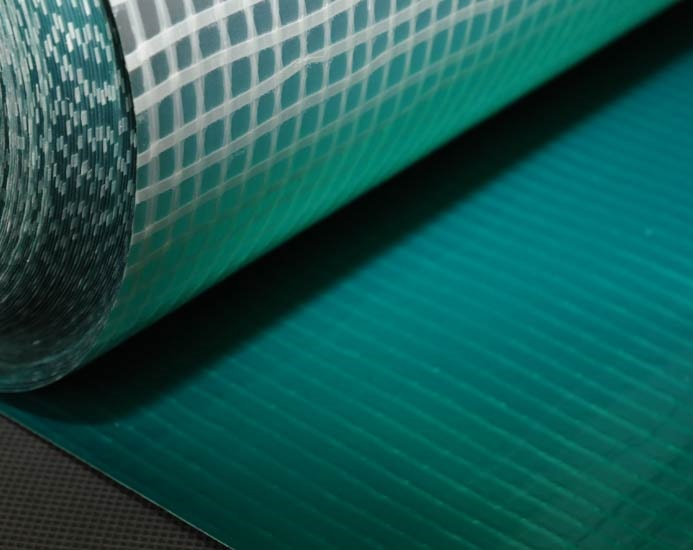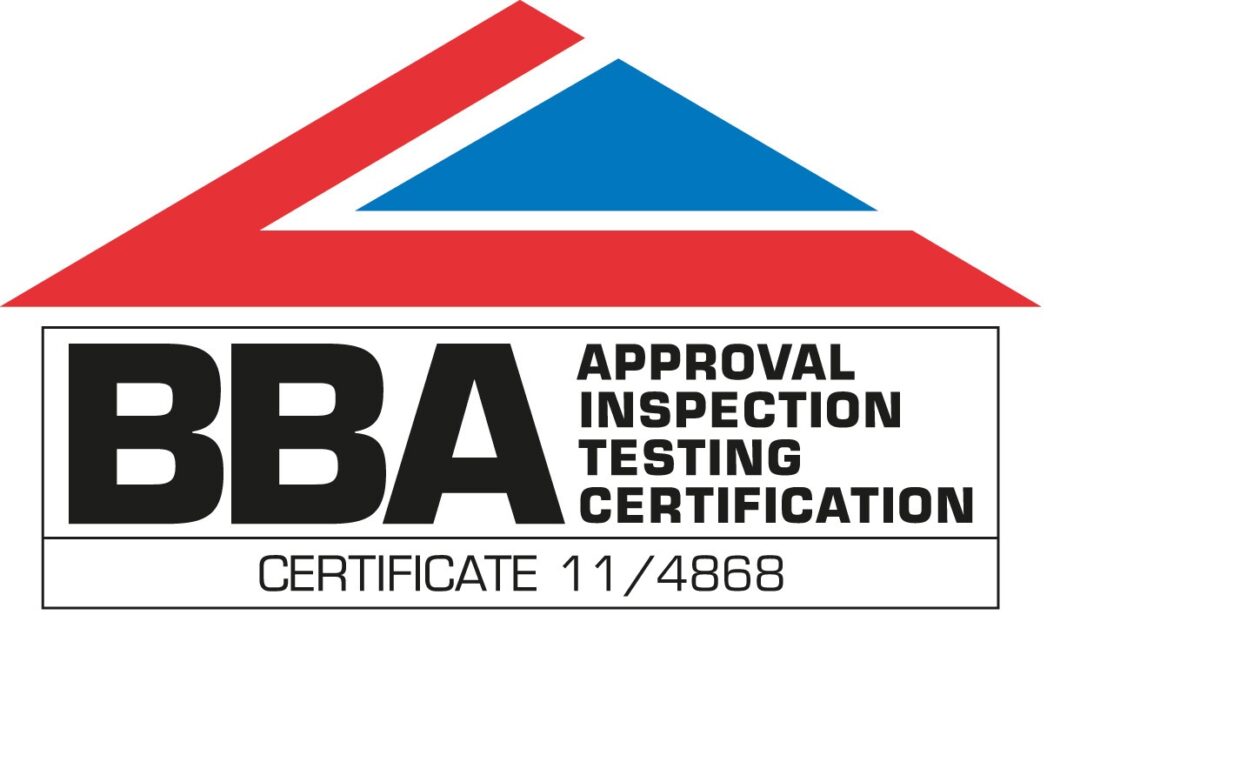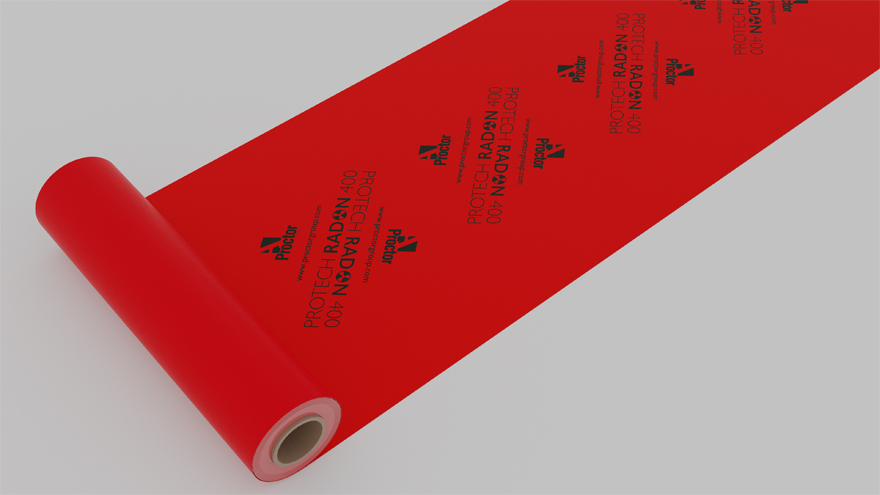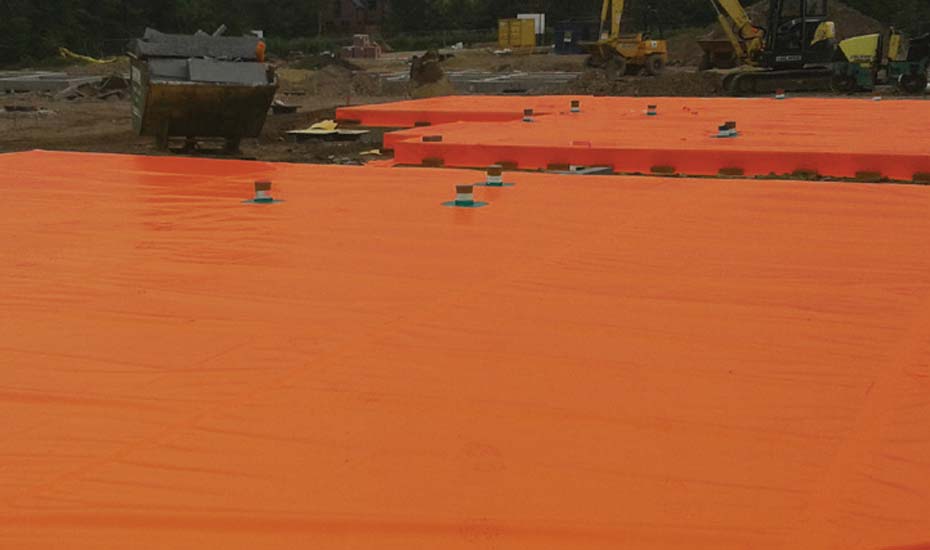Protech Radon 400 is a proprietary reinforced radon barrier. Due to its unique composition, the membrane is extremely robust and flexible.
It can be jointed with use of our Protech tapes or heat welded. Protech Radon 400 also acts as a damp proof membrane, therefore there is no need to install a separate DPM.
Request a Sample
Technical Advice
CAD Detail Review
U-Value Calculation
Book a CPD
Specification Check
Product Information
New 'Protech Radon 400' Gas Membrane Added to Product Portfolio
Radon protection has become a hot topic for the industry. Once regarded as something only to worry about in specific regions of the UK, experience has led to a more robust approach to assessment and mitigation in recent years.
The reason for radon’s low-profile is evident in its infamous moniker: “the quiet killer”. Compared to other dangerous ground gases like carbon dioxide or methane, the consequences of over-exposure to radon are felt less quickly and experienced less dramatically.
That’s not to say radon is any less dangerous than CO2 or methane. The British Medical Journal estimates in-home radon poisoning is linked to over 1000 deaths in the UK every year, and rates radon as the second-highest contributor to lung cancer behind smoking.
The main challenge of dealing with radon is that there is no practical way of eliminating or neutralizing its source. Contrasted with other ground gases that are the result of pollution or historical land usage, radon is the product of natural geological processes that have been going on for eons. High radon concentration is linked to the regions in the UK with the most granite bedrock such as South West England, the Peak District, and Aberdeenshire.
The only way to manage the risk of dangerous in-house radon concentrations is to prevent the radon from getting indoors in the first place. The most common way to do this is through the installation of a ground gas barrier membrane.
There are some key considerations when choosing an appropriate radon membrane:
- Meets Guidance Requirements: The BBA requires membranes to be a minimum 0.4mm (400 microns) thick to be eligible to be called a radon barrier
- Good Strength and Elongation Properties: This is particularly important for membranes being installed under solid concrete slabs, as the concrete pour may stretch weaker membranes.
- ‘Thicker’ Doesn’t Mean ‘Better’: Membranes that are significantly thicker than 0.4mm may provide specifiers peace of mind but will more difficult to install on-site. Cumbersome membranes may work against fine detailing work in corners and around floor penetrations, resulting in an imperfect ground gas seal and costly remediations.
In response, the A. Proctor Group Ltd. have unveiled their latest ground gas protection membrane: Protech Radon 400. This membrane is reinforced to resist stretching and elongation, and can be used with both solid and suspended ground floor applications. Made of virgin material, Protech Radon 400 is extremely robust but remains flexible and easy to handle, even at very low temperatures. The membrane junctions can be taped or welded and, at just over 0.4mm thick, makes detailing quick and easy
